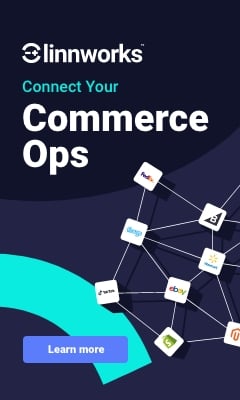Making the most of mystery shopping
Customer experience management expert Dr Cheryl Flink from Market Force Information discusses the power of mystery shopping and how retailers can take a more strategic approach to customer experience.
The importance of delivering exceptional customer experience is increasingly recognised by retailers as a vital tool for differentiation and driving growth. Amid a multitude of ways to evaluate customer experience, mystery shopping programmes are proving to be invaluable for objective measurements and key insights.
Despite annual spending on mystery shopping programmes topping £1.1bn, many retailers have yet to truly harness its effectiveness. Here Dr Cheryl Flink explains how businesses can use mystery shopping programmes to their full potential.
Why is objective measurement key?
With retailers setting compliance standards and guidelines – in addition to investing in training programmes for staff – objectively measuring and analysing the effectiveness of these is a necessity. Completing this to a high standard involves expertise, investment and clearly defined goals and outcomes. Any good measurement system will evaluate conformance to brand standards, risk management, service levels and sales efficiency.
How can businesses make their questionnaire as objective as possible?
Factual observations are best measured with classic yes/no answers – simple, effective and binary. Businesses should resist adding unnecessary questions that don’t reveal change drivers – concise, direct and focussed is ideal. The golden rule is to test, test and test again – trialling the questionnaire with a wide range of mystery shoppers will highlight information gaps, potential pitfalls and areas where you can augment.
What are the best-practice parameters for data collection and reporting?
Implementing best practices for data collection and reporting processes ensures high data integrity for mystery shopping programmes. You should avoid allowing the same mystery shopper to shop too frequently, and implement a mystery shopper auditing programme to ensure data integrity.
How can questionnaires be designed with brand standards in mind?
Brand-standards should be wholly aligned to overall business performance – the best way to measure this is via mystery shopping. You can then benchmark performance against retention and referral trends. Mystery shopping is a precise tool and allows you to zero in on any particular aspect for analysis and review.
Why should retailers combine mystery shopping with other data?
Combining mystery shopping data with other data – such as that from customer satisfaction surveys – allows the former to give shape to the latter. While objective mystery shopping shows how you’re doing on operational factors that influence customer perceptions, subjective customer satisfaction data shows what customers value, offering insight into what factors to improve.
How can mystery shopping be tied to financial results?
The optimum combination is tying mystery shopping and customer satisfaction data to financial metrics by location. With the addition of financial metrics, the exact behaviours that will give the highest ROI by location are revealed. You will see clear changes in financial outcomes between those locations that score high on mystery shopping and customer satisfaction and those that do not.
And finally – what’s the bottom line?
Your aim should not just be to improve the customer experience, but to delight your customers. This will increase return visits and referrals, driving growth. To deliver ROI you absolutely must identify the specific behaviours that increase both loyalty, and financial results. These behaviours are the blueprint for your success














